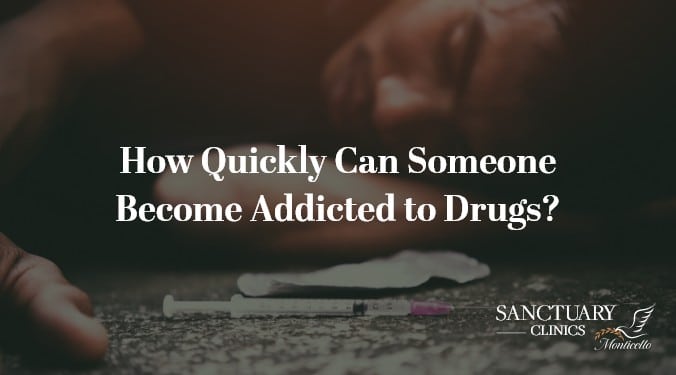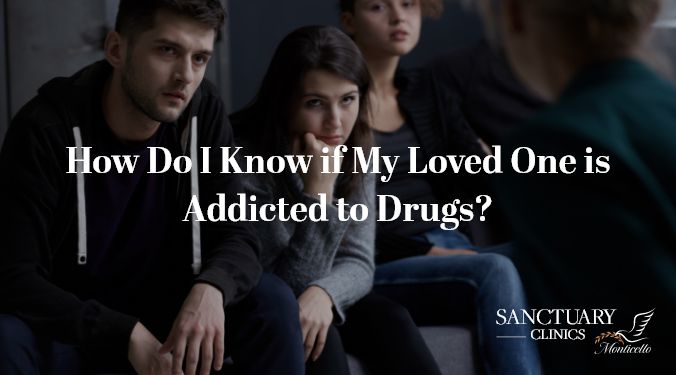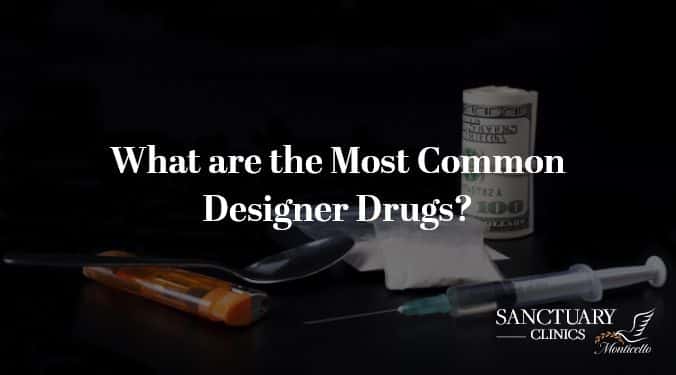Drug addiction is the state of being physiologically dependent on a drug or substance for normal bodily function. Physiological dependence means you crave the substance. You will suffer adverse consequences like withdrawal symptoms, psychosis, and other effects should you abruptly stop ingestion of the substance. Another distinguishing characteristic of addiction is the loss of personal agency. You will become restless when your substance of choice hasn’t been ingested and you will go through whatever it takes to acquire the drugs when they run out, regardless of the consequences.
There are five stages of drug dependence: experimentation, regular/social use, problematic use, dependence, and addiction. The time difference between the first stage and the last is not a linear process that is predictable but one which depends on the frequency of use and the strength of the drug. Some drugs like heroin are more addictive than others. Life circumstances like whether you are undergoing an extreme change or traumatic phase in life, and body tolerance to the drugs used, all play a part. Because of these nuances, it can take as little as one repeat usage for you to begin craving a substance like heroin which will take you down the path of addiction.
According to statistics, people between the ages of 18 and 25 years are the most likely to use addictive substances. 90% of people with addictive disorders started using alcohol or drugs before the age of 18.
Some of the most common drugs people get addicted to are marijuana (which is can be a gateway drug for some), tobacco, cocaine, methamphetamine, heroine, and of late, opioids like fentanyl. Opioids have seen a recent increase in cases of addiction, with a 300% increase in sales since 1999 (these are figures for people with official prescriptions and not considering those who acquire opioids on the streets from drug dealers). These drugs have different mechanisms of action, meaning their effect on your brain, nervous system, and body is varied.
Mechanisms of drugs in the brain
For drugs to work in the brain, they first must be ingested into the bloodstream. The route of administration determines how fast it will be absorbed. The brain sends messages using neurotransmitters. Neurons send these neurotransmitters via the synapse which is like a bridge between the neuron and the receptor of the recipient neuron.
Once at the receptor, a change in the recipient neuron leads to the performance of a particular function as prescribed to that neuron. Upon completion, transporters recycle the neurotransmitters, hence blocking that channel of communication between the two neurons. When drugs are introduced to the brain, they alter these communication channels according to their specific functions.
These drugs can fall into either of two categories: agonistic and antagonistic drugs.
Agonistic drugs
Agonistic drugs enhance the action of neurotransmitters in your brain. If a neurotransmitter works by inhibiting a response, they make it even more inhibitory. If they work by exciting a response, they become even more excitatory. For this reason, most of the drugs which are abused are agonistic because they enhance the effects of neurotransmitters. For example, pain killers like opioids bind to the endorphin receptors, thus reducing the perception of pain.
Depressants like alcohol and benzodiazepines activate and enhance the GABA (gamma aminobutyric acid) which is an inhibitory neurotransmitter that reduces the activation of other neurons. This leads to the nervous system being in a state of relaxation/slowed action. Glutamate, a neurotransmitter that seeks to excite the nervous system, is also suppressed under the influence of alcohol. Stimulants like amphetamines also work on the brain by influencing the release and circulation of dopamine in a synapse for longer than it would stay under normal circumstances.
Drugs like cocaine achieve this by inhibiting the reuptake of dopamine and serotonin, hence increasing the time which these neurotransmitters stay active in the synapse, which in turn increases the pleasurable feelings.
Antagonistic drugs
Antagonistic drugs, in contrast, hinder/intercept the neurotransmitters as they send a message, thus blocking or reducing the effect of that drug. These chemical changes in your brain, when sustained, bring about a state of physiological dependence. This is the stage whereby your brain depends on the ingestion of these drugs to produce specific neurochemicals.
Addiction is not an immediate occurrence but rather something which happens in stages such as:
- Experimentation
- Regular/Social use
- Problematic use
- Dependence
- Addiction
- Experimentation: This is the beginning stage of all addictions and drug habits. Experimentation occurs when you are influenced by your peers, curious, or seeking a new thrill. This season is when you have the most control over your behavior and can control your use of the drug or substance. You try new things and new drugs just to see what the experience is like and how it affects you. This stage is usually harmless unless you are dealing with highly addictive substances like heroin which can alter your brain after very limited exposure. Experimentation can last for the first couple of times you use a drug/substance.
- Regular/Social use: At this stage, you are more acquainted with the drug or substance of choice and can use it more often for a pleasurable experience. This is when you can tolerate using the drugs/substances, find it pleasurable, and will be more inclined to use it when you are in the presence of peers who are also using the same drug. This is the case for people who will only drink alcohol at parties or smoke when in certain places. You are still relatively in control of your behavior at this stage and can stop at will. You don’t experience any adverse reactions when you are not using the substance, and you don’t have cravings when sober. At this point, the habit is still solely pleasurable, and the perceived benefits outweigh the costs.
- Problematic use: This occurs when you start using drugs/substances more often. It’s not only in social settings or occasionally used but rather a more regular occurrence. At this point, you start concealing your usage from peers, using the substance at inappropriate times and locations, like having a drink of alcohol daily after a day’s work or even before. The usage at this stage stops being entirely for the perceived benefits but also becomes a compulsion or craving. At this point, you are beginning to get onto the slippery slope of addiction, but it’s not yet an irreversible stage. You can still control your usage but you would need to be more willing and able to control your usage
- Dependence: At this stage, you have become dependent on the drug for feelings of pleasure and enjoyment. Your body begins craving the substance for you to feel enjoyment or even to feel “normal”. You can even experience withdrawal symptoms when you do not ingest your drug of choice. This leads to constantly seeking your drug of choice to prevent the withdrawal effects as opposed to seeking it out to enjoy the pleasurable effects. At this point, the costs or disbenefits of using the substance are higher than the perceived benefits. On a physiological level, your brain has become accustomed to the presence of a particular drug/substance and as such, this drug has a function to play in the regulation of your hormones. For example, in the brain of an alcoholic, their GABA secretion is reduced because their body is used to alcohol working as a suppressant/inhibitor, so to avoid over suppression, your body reduces its production of suppressors like GABA. However, once the alcohol isn’t ingested, your body has gotten used to the presence of alcohol, so there will be no inhibitors being secreted. This will lead to an overly excited state since the stimulants are not being counterbalanced, leading to agitation and dysregulation. Because of physiological changes like this, there is a need for you to keep taking the substance.
- Addiction: At this stage, the drug habit is at its worst and you are no longer in control of your responses, urges, behaviors, and even able to regulate yourself. You are living almost entirely for the ingestion of the drug or substance, not in control of when you take it or when you don’t take it. At this point, it is almost impossible to keep the habit secret. It will be visible to anyone who pays attention to changes like loss in weight, discoloration of the skin, unaccountability in terms of money spent on drugs, etc. At this point, you are not in control of where you are or who sees you taking the substance because that’s all you want, and you aren’t bothered by the opinions of others. You find it hard to maintain close personal relationships at this point, personal hygiene, a work-life balance, health consciousness, etc. This is the final stage in the process of addiction and though it looks hopeless in most cases, you still can be helped back to sanity.
What can be done to help an addict?
It is important to identify the underlying cause of someone’s addiction or what led a person to start using a particular drug before knowing how to effectively administer treatment. The help someone who was using the drugs as an escape from reality will need is different than the help someone who was bored and was experimenting with drugs will need. In whichever case, however, it is important to have the presence of medical and mental health professionals when attempting to get off drugs like heroin, cocaine, and alcohol because of the extreme withdrawal effects you can experience. When in such an environment, you can receive medication to ease the severity of the withdrawal and increase the chances of success. Therapy is also a necessary intervention to have alongside this in-patient treatment to treat the mental basis of addiction. There are many resources available to help people who find themselves addicted to drugs and want help overcoming the addiction.









